
How to Make Soap Sustainably
Soap is the most common item we use in our daily hygiene routines. There is a huge variety of soaps with different characteristics and fragrances that might not be as healthy for us or the environment as we think. There are some reasons why people change their regular soap bar with a more natural, human and environment-friendly soaps, that can easily be made at home. A sustainable lifestyle involves choosing simple alternatives to regular soaps that are easy and cheap to make at home and are worth the time and money from a health perspective.
The chemicals used in the soap can decrease health in the long run and a recent study has found that children who used regular or antibacterial soap bars were prone to develop allergies.
Beside having negative effect in human health, using regular soap impacts the environment in a negative way. When the soap water goes down the drain it contaminates the groundwater with chemicals.
Some of the most commonly found chemicals in soap bars are triclosan, parabens and phthalates, fragrances and Sodium Laurel Sulfate. These are harmful substances added to the soap to make it smell better, improve it’s cleansing qualities without respect to the skin or environment.
Triclosan is a strong antibiotic used in hospitals. When added to soap bars it has an antibacterial effect. Despite the advertising about it’s great cleansing and sanitizing effect, it has been shown to be not more effective than regular soap. This chemical can cause bacteria to develop resistance to it, which is a main concern in terms of global health.
Parabens and phthalates are added to a wide variety of cosmetic and bathing products, such as shampoo, soap bars and antiperspirant. Parabens are easily absorbed by the skin and have been linked to developing breast cancer in women.
Fragrances are other main ingredients we find on the labels of soaps. Fragrance is a generic term that can mean not an ingredient, but a combination of chemicals that produce smell. The fragrance combination of chemicals are known as neurotoxins and can cause sensitivity of the skin and rashes. In a study it was shown that skin absorption of fragrance ingredients is 100%.
Another harmful ingredient is Sodium Laurel Sulfate. This chemical is a detergent and surfactant which basically means that it breaks the surface tension and it penetrates the skin to make the soap a better cleaner. This makes the skin more vulnerable to the other chemical compounds in the soap and it is a likely cause of skin irritation.
It is important to know that some harmful substances from the products we use for personal hygiene are absorbed by our skin, and choosing to use organic soap for yourself and your family is a huge step towards a healthier lifestyle.
An alternative to the regular soap we buy in the store is to make our own healthy, skin and environment friendly, organic soap. It is easy to make and it is important to take proper safety measures when making your own soap. This is better since artificial fragrances or harmful chemicals are not used and most of the ingredients are easily found in any grocery store. A great advantage is that you can make the soap in big batches so you don’t have to worry you are running short on it any time soon.
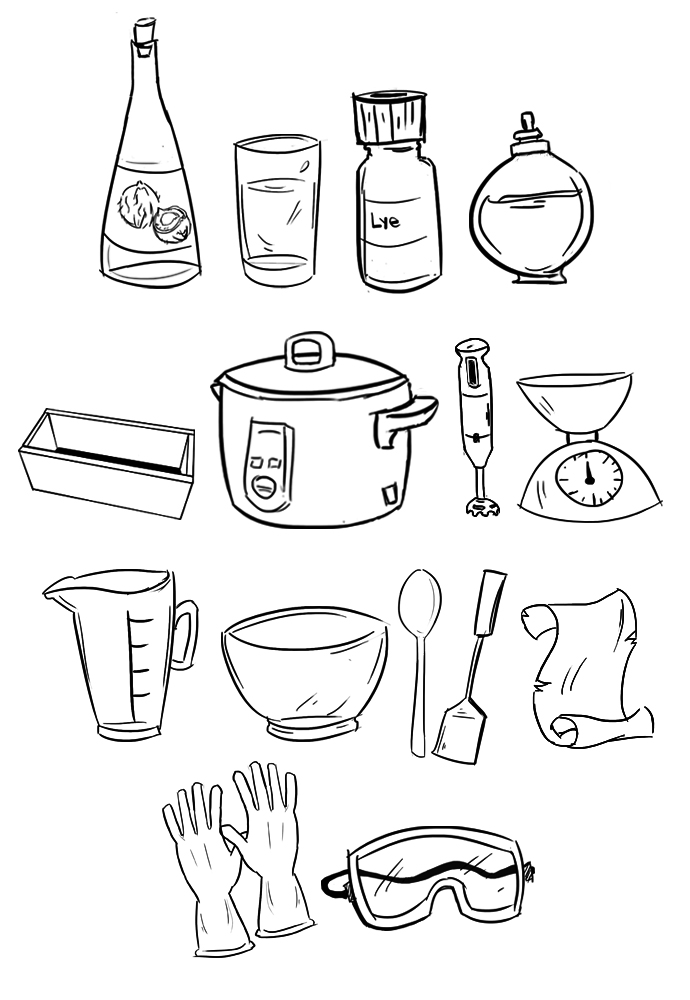
Basic Natural Soap Recipe: ingredients, safety and process
Here is a simple and easy to make coconut oil soap recipe and the ingredients and equipment needed are:
33 oz (975 ml) Coconut oil. It is recommended to use the coconut oil with melting point of 76F (25C). It makes an excellent soap ingredient with good cleansing properties. It helps nourish and hydrate the skin leaving it soft.
4.8 oz (141 ml) Lye. Also called Sodium Hydroxide, it is the soap base. Once the lye interacts with the oils it creates a new component that is safe for the skin. The chemical reaction is called saponification.
9.6 oz (283 ml) Water. It is needed in the process of making soap and it helps with carrying the lye and activating it for the chemical reaction that will take place.
1.5 oz (44 ml) Essential oils. Essential oils are an optional ingredient and they are generally used to improve the smell of the soap.
Equipment needed: Molds, crock pot, stick blender, kitchen scale, glass measuring cups, glass bowls, plastic spoon and rubber spatula, parchment paper and last but not least rubber gloves and goggles.
At the end you will need to have a sink or bucket filled with vinegar to clean the utensils and items that came in contact with lye.
Before we list the soap making procedure, please read the safety measures below:
It is important to be very careful with lye. In high concentrations it is corrosive and in contact with skin can cause irritation and burns.
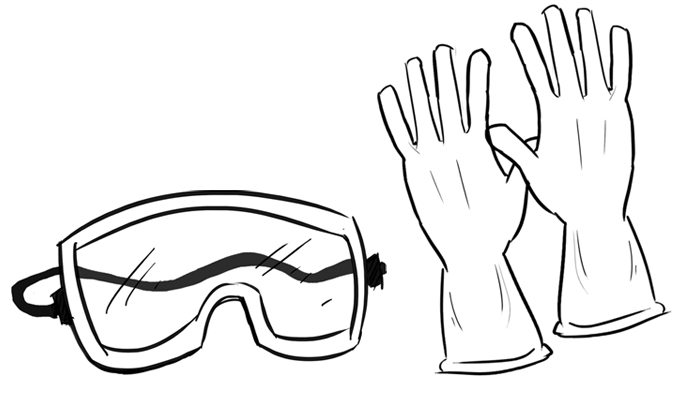
How to Make the Soap:
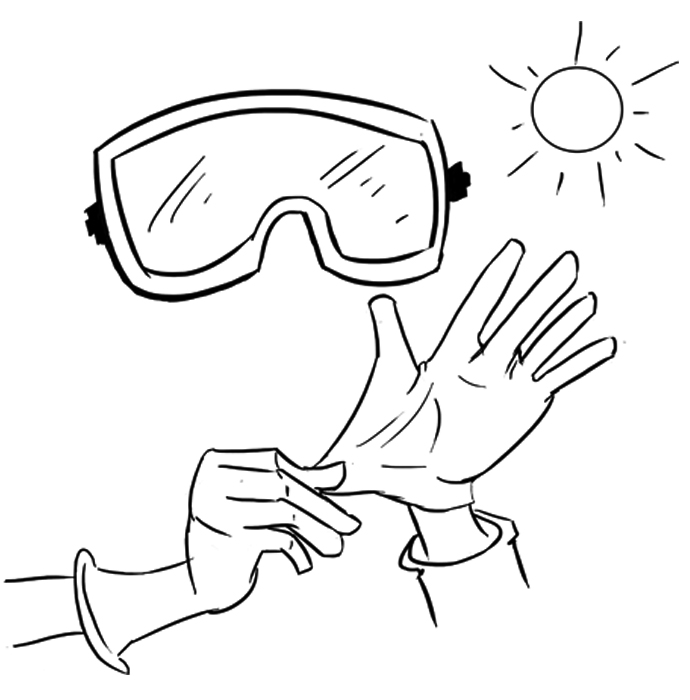
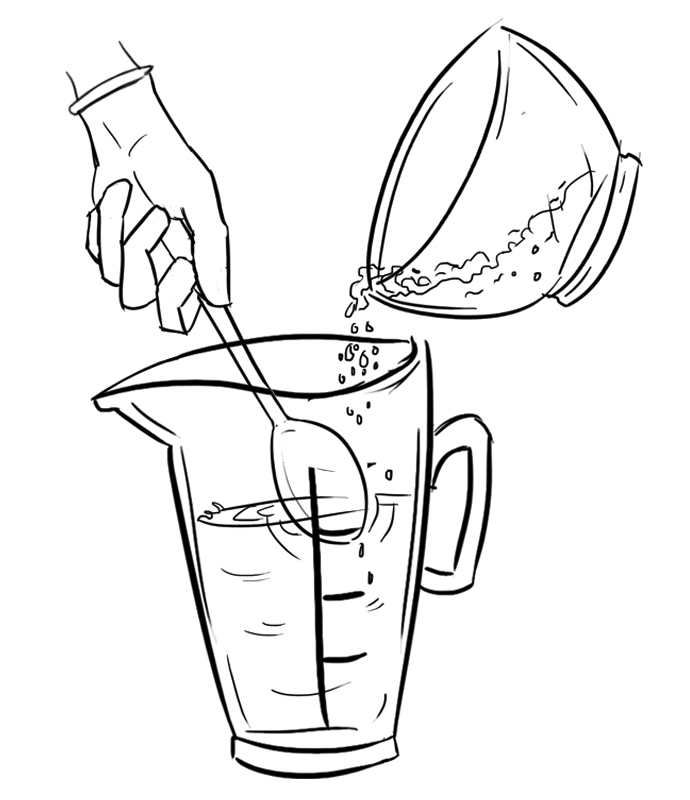
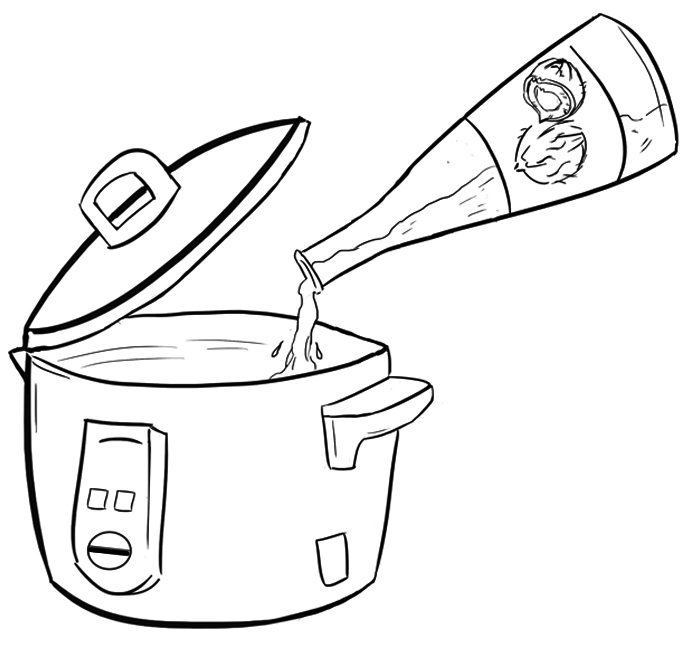
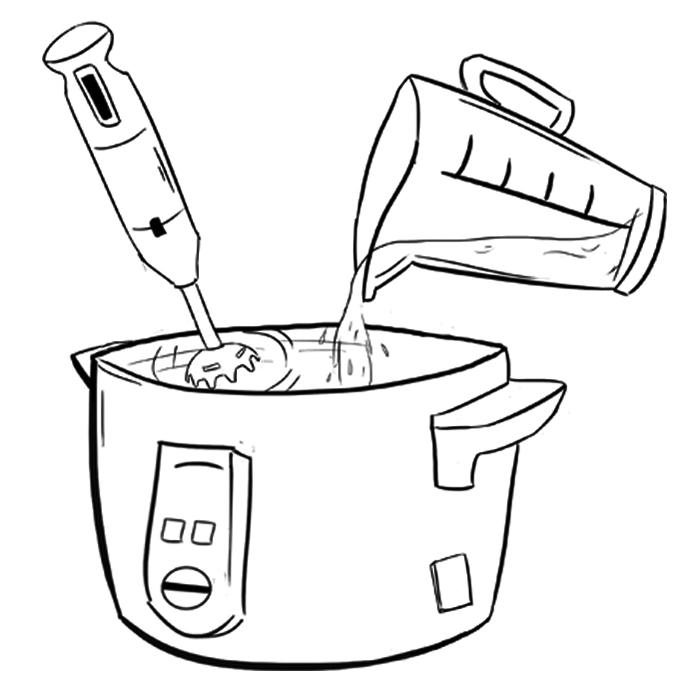
Check it from time to time and if it looks like it will overflow, stir it a bit and that will help reduce it’s volume. When it’s done let it cool.
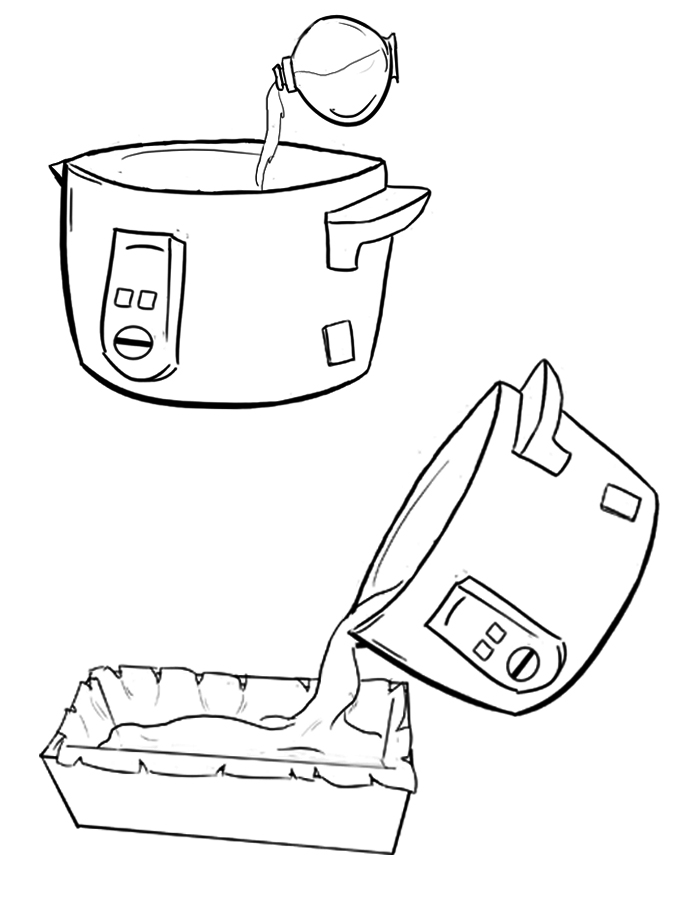
The next step is to let it cool down but not completely. This coconut oil soap needs to be cut as soon as it’s cool and firm because it will be hard to cut if you let it cool longer.
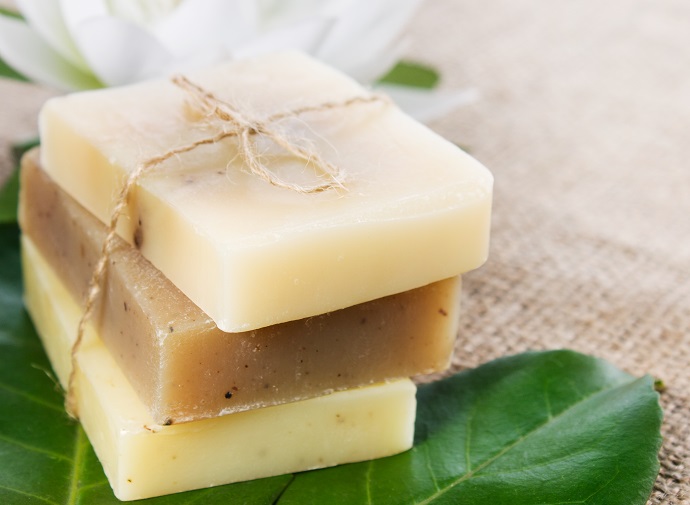
Benefits of using Natural Homemade Soaps:
Using homemade natural soap has multiple benefits for people and environment as well. We can protect the environment from poisoning it with the toxic chemicals contained in normal soaps.
Organic soaps are suitable for any type of skin, for children, especially for people with sensitive skin. Not only is natural soap a lot healthier for the skin, it is gentle and it also helps with moisturizing, making it look more firm, removing the dead cells and helps it stay acne and toxin free.
For more, please visit, https://sustainabilitybox.com/
Originally Published, https://sustainabilitybox.com/make-soap-sustainably/
Follow The Sustainability Box on Facebook, https://www.facebook.com/Sustainabilitybox/













I love your idea about using local wine to make soap! I have been thinking about getting a double arm mixer so that I can make a whole bunch of soap as Christmas gifts. Perhaps I’ll use wine made from one of the local vineyards so that it’ll be more of a personal gift.
Too much coconut oil actually dries out the skin.